We have now made our way to the top of the Kakadu National Park which is about as far north as we are going. We are spending 6 days here going on various tours, attending talks and slideshows and going bush walking whenever the temperature drops sufficiently.
Animals – alive and dead
Even when we are in remote and hostile areas, there is a surprising variety in the wild life. Apart from numerous cattle and the occasional kangaroo, the great variety of birds we have seen includes
a flock (if that is the collective noun) of pelicans whom we found living in a waterhole with the local cattle. Where they found enough fish to live off, we do not know since the waterhole gradually disappears during the dry period. This Rifle Paradise Bird which joined us whilst we were having lunch one day
below is a Kookaburra whose call is so distinctive
this bush turkey came to visit us every morning at one camp site
the Australian Magpie Lark (which is just as cheeky and bold as its English counterpart)
Peacocks seem to be quite frequent as well
We have seen numerous kangaroos, wallabies and wallaroos
plus of course crocodiles
Recently we came across a peaceful river scene which encouraged
bathing only to be put off by the notice that was affixed just where you might think of getting into the water:
One characteristic of the Australia landscape are termite mounds – these mounds are built as homes by millions of termites and vary in size from a few cms to a few metres tall.
to much taller (and we are told taller still). It seems to be the case that the further west we go, the taller and larger the termite mounds get, they have
also changed their orientation to become what are known as “magnetic mounds” in that the long sides face east west (for heating and cooling reasons we are told) . Inside they are a honeycomb of tunnels
These are “Grass Termites” and they are responsible for the mounds made from red soil, grass and spiniflax root juices. There are two other main categories – soil (which live underground) and wood who live in trunks and branches and whose eating results in the didgeridoo (they eat the inside of a branch leaving it hollow).
Termites cause major problems to buildings since they eat the wood in them. Hence some of the early buildings rest on piles made from Iron Wood (too hard for termites) and have caps on the top to stop the termites climbing higher (a bit like the stone mushroom pillars used on early English grain warehouses to stop rates entering the warehouse). A major innovation when they were building railways in the late 19th Century was to
use Iron railway sleepers because the termites ate the wooden ones.
A less welcome discovery was the Green Tree Frog (this mammoth specimen a good 15cms long was hanging on the shower curtain whilst I showered at Undara)
We have got used to checking toilets and showers for frogs and other animals, particularly in the middle of the night. Frogs have a habit of living in toilet bowls and seem not to be able to be flushed away, they just sit in the bowl looking upwards whilst you do your business!
On the fish front, I have covered sea fish before. There is one fresh / sea water fish however local to the northern region which attracts fishermen from far and wide – the Barramundi.
These fish grow up to a few metres in length (if they are lucky) and are much prized by fishermen for the fight they put up when caught on a line and the taste when cooked (strong and just like fish used to taste in the UK). There were some living in a pond near one campsite and we went to see them being fed – they silently slid towards their prey (a dead pilchard)
and then suddenly lunged at it with tremendous speed. A most ferocious fat and ugly looking fish.
We are used to seeing road kill in the UK (rabbits, badgers, the occasional deer) so seeing it here should really be no different. The Road Trains seem never to stop and anything they hit, be it bird, kangaroo or cow is definitely dead. No doubt many cars also hit animals and some of the birds which then feed on the road kill are enormous and quite interesting. There is a vulture / eagle like bird we frequently see feasting on road kill which we are trying to identify.
Our experiences are so far are mainly with cattle which can seem to be incredibly stupid and stubborn – hence we slow right down whenever we see cattle on the side of the road because they are very prone to deciding to cross the road or just to stop in the middle of the road and look at you. I shall refrain from providing illustrated examples of typical road kill and leave it to your imagination. Needless-to-say, the quantity and volume was so large on one main highway that the local council had a lorry which was used to clear up the road kill every morning – you cannot just leave a kangaroo carcass in the middle of the road.
PS – we reserve the right to be wrong in any of our wildlife identifications, if you know then tell us.

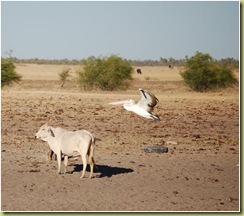
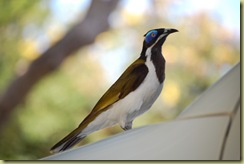
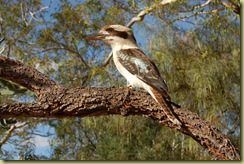

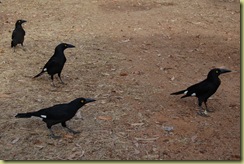
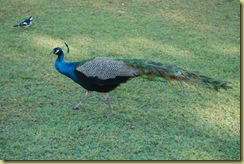
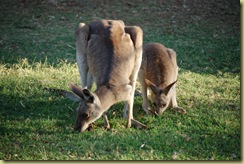
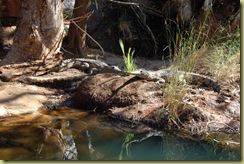
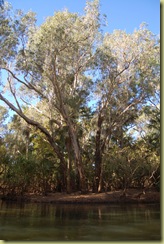
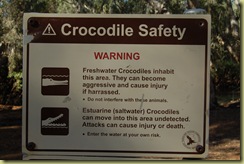
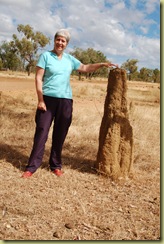


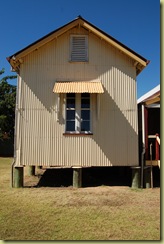
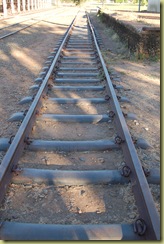
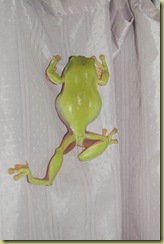
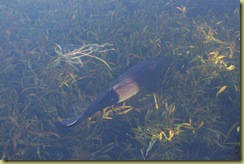
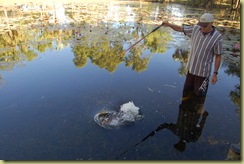
No comments:
Post a Comment